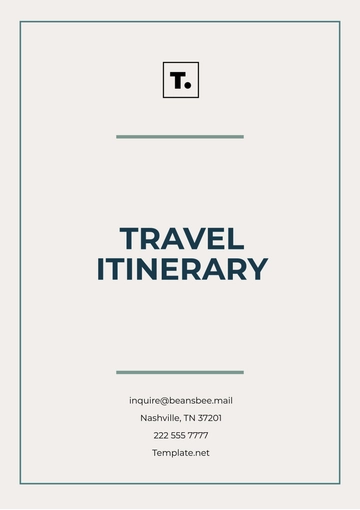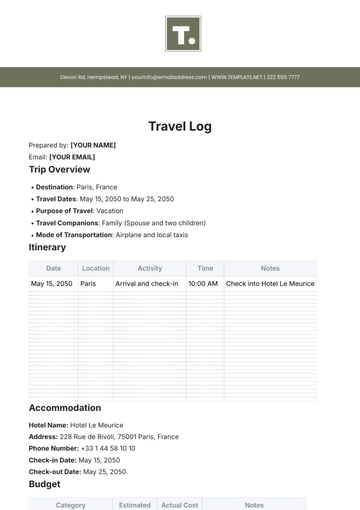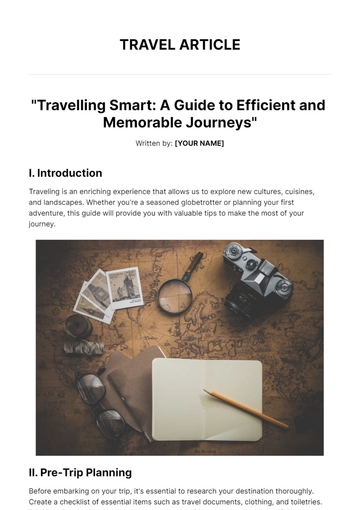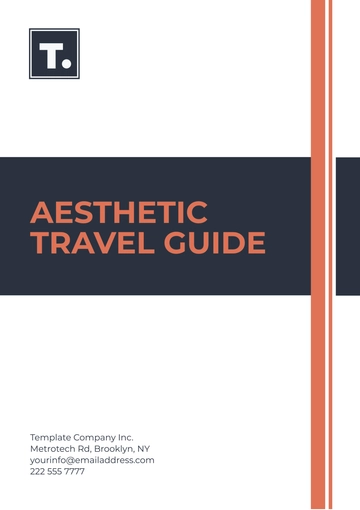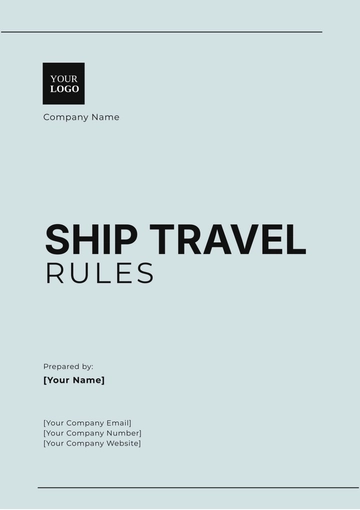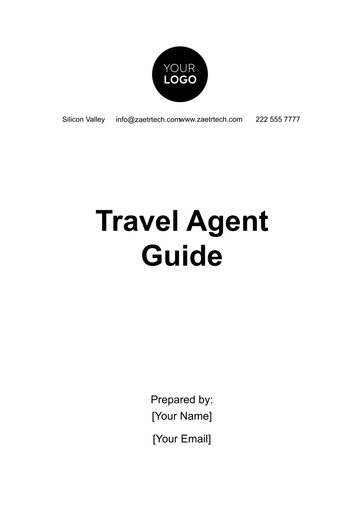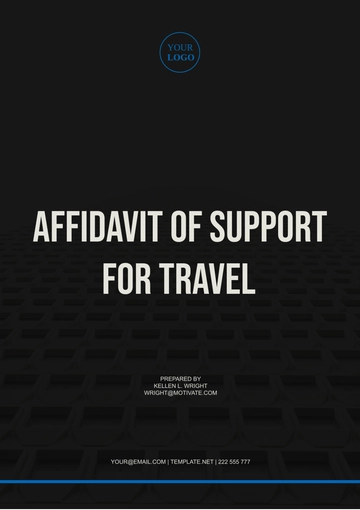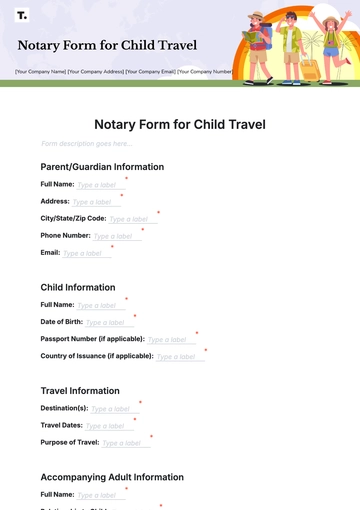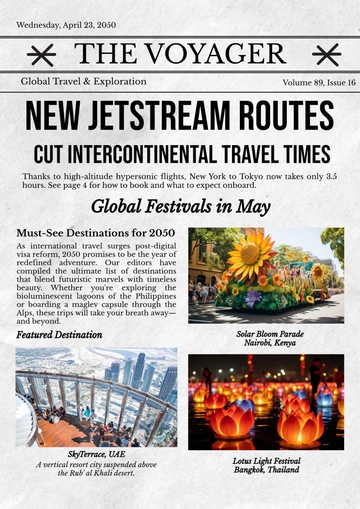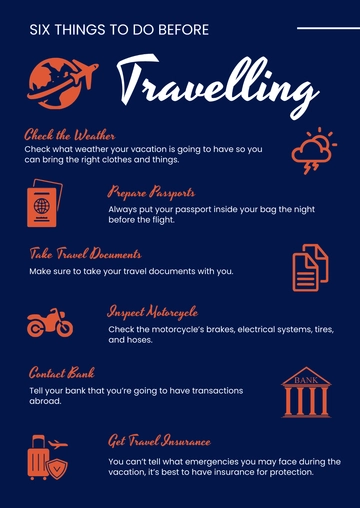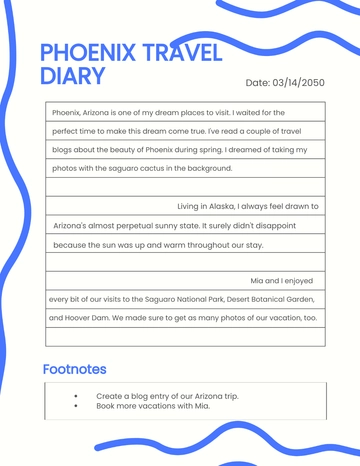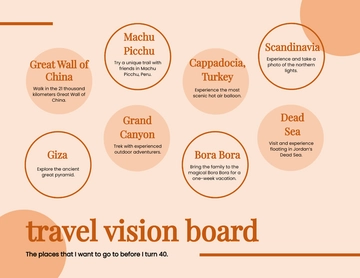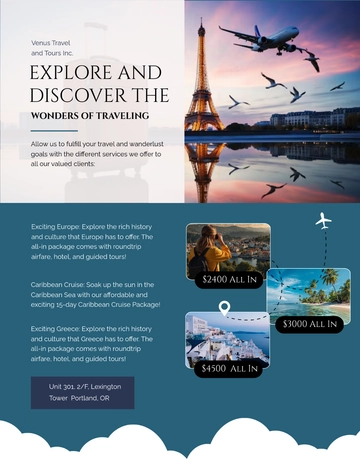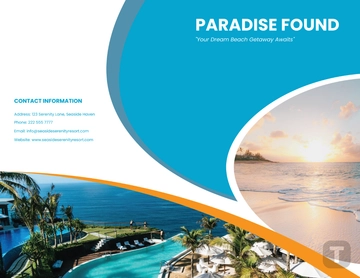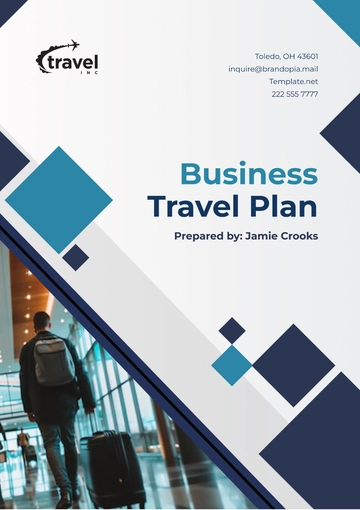Free Car Rental Reservation System Enhancement Strategy
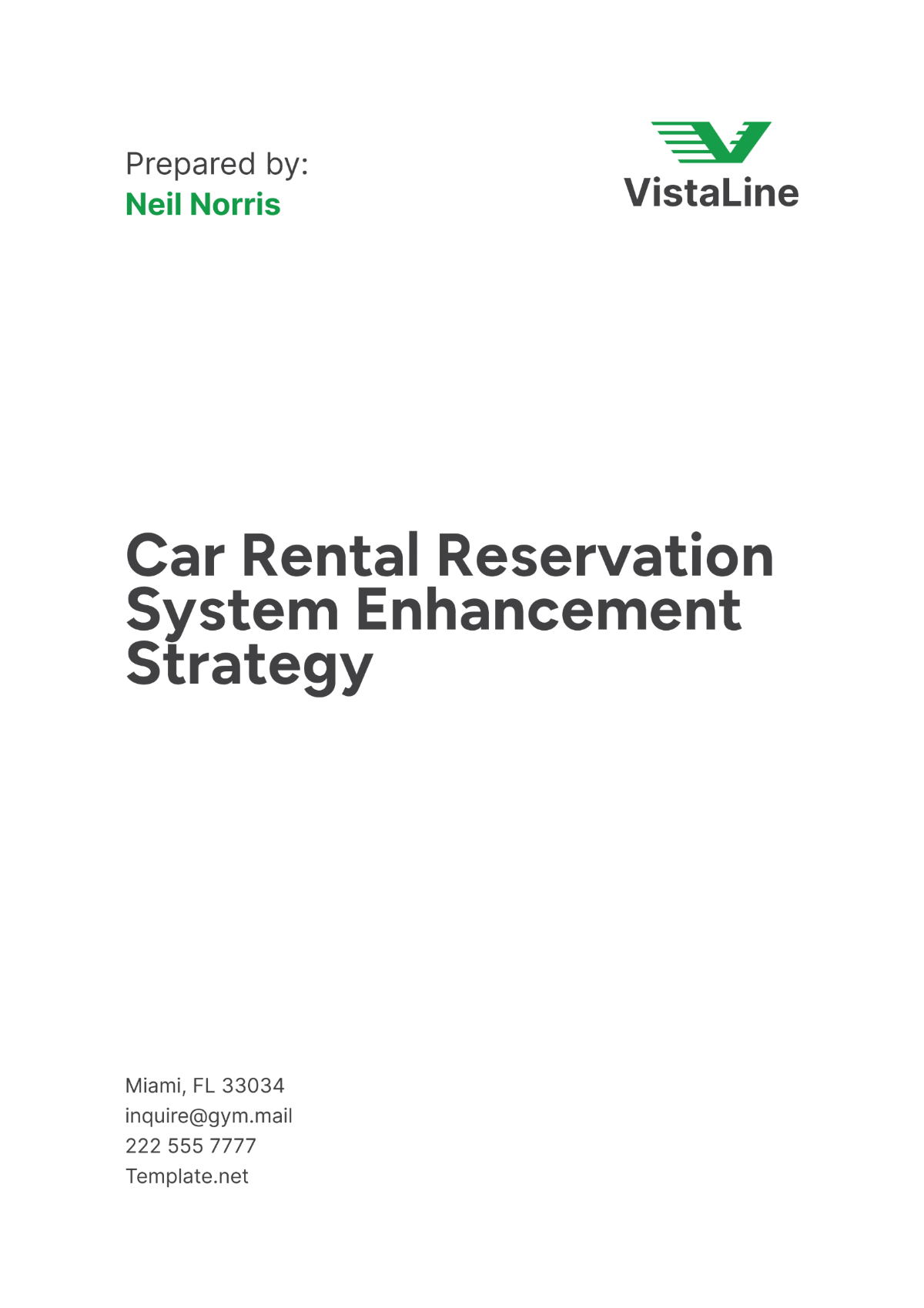
1. Introduction
This document outlines a comprehensive strategy to enhance the car rental reservation system at [Your Company Name]. The aim is to improve user experience, streamline operations, and increase profitability. In today's competitive market, a seamless reservation system is crucial for maintaining customer satisfaction and loyalty. Through this strategy, [Your Company Name] will leverage technology advancements to offer intuitive booking interfaces, robust security measures, and enhanced communication channels. These improvements will not only streamline the booking process but also empower our customers with more flexibility and transparency in their reservations.
Furthermore, aligning [Your Company Name]'s reservation system with US laws and regulations ensures that we prioritize data privacy, consumer rights, and fair business practices. By maintaining compliance with legal standards, we uphold trust and credibility with our clientele, fostering long-term relationships and sustainable growth for [Your Company Name].
This strategy outlines a roadmap for implementation, emphasizing measurable outcomes and continuous improvement. By enhancing our reservation system, [Your Company Name] is poised to deliver exceptional service and maintain our position as a leader in the car rental industry.
2. Objectives
This section delineates key objectives aimed at transforming [Your Company Name]'s car rental reservation system. These objectives are pivotal in aligning with industry standards and regulatory requirements while fostering sustainable growth and innovation.
Enhance user interface and user experience
Optimize reservation processing
Integrate advanced features
Ensure system scalability and security
3. User Interface and User Experience Enhancements
To significantly enhance the user interface (UI) and user experience (UX) of [Your Company Name]'s car rental reservation system, the following strategic actions will be implemented:
Redesign for Modern and Intuitive Layout
A comprehensive redesign of our website will prioritize a modern, intuitive layout. This includes simplifying the booking interface with clear, user-friendly design elements. By employing best practices in UI design, such as visual hierarchy and consistent branding, we aim to create a seamless experience for customers across all touchpoints.
Responsive Design for Mobile Compatibility
Recognizing the increasing use of mobile devices, we will implement responsive design principles. This ensures that our website adapts seamlessly to various screen sizes and devices, providing a consistent experience whether customers are booking from a desktop, tablet, or smartphone. Mobile-friendly interfaces will enhance accessibility and convenience, catering to the on-the-go nature of our clientele.
Enhanced Navigation for Simplified Reservation Process
Improving navigation is crucial to streamline the reservation process. We will optimize menu structures and navigation paths to reduce clicks and simplify decision-making for customers. Clear, intuitive navigation aids will guide users through each step of the booking journey, from vehicle selection to final confirmation, enhancing efficiency and reducing abandonment rates.
Tooltips and Help Sections for Information Accessibility
To enhance accessibility to information, we will integrate tooltips and help sections throughout the reservation process. Tooltips will provide contextual information and guidance on specific fields or actions, ensuring clarity and reducing user uncertainty. Help sections will offer comprehensive FAQs, troubleshooting tips, and contact information, empowering users to resolve queries quickly and independently.
Testing and Iterative Improvement
Continuous testing and user feedback will drive iterative improvements. We will conduct usability testing sessions to gather insights on user interactions and pain points. Iterative design updates based on feedback will refine the UI/UX, ensuring it remains aligned with customer expectations and usability standards.
Compliance with Accessibility Standards
Throughout these enhancements, [Your Company Name] will uphold accessibility standards, ensuring our website is accessible to users with disabilities. This includes adherence to ADA (Americans with Disabilities Act) guidelines, providing alternative text for images, and optimizing site structure for screen readers.
4. Reservation Processing Optimization
Efficient reservation processing is paramount to [Your Company Name]'s operational success. By streamlining workflows and leveraging automation, we aim to enhance efficiency, reduce errors, and improve overall customer satisfaction. This section outlines key actions to optimize reservation processing:
4.1 Streamlining Booking Workflow
Streamlining the booking workflow involves simplifying the steps customers take from initial search to final confirmation. Key initiatives include:
Optimized Interface Design: Reducing unnecessary clicks and improving usability through intuitive design.
Consolidated Forms: Minimizing form fields to essential information, reducing customer effort and time spent.
Progress Indicators: Providing visual cues to show users their progress through the booking process, enhancing transparency and reducing abandonment rates.
4.2 Automation of Confirmation and Reminder Emails
Automating confirmation and reminder emails enhances communication efficiency and customer engagement. Actions include:
Automated Triggers: Setting up automated triggers based on booking milestones (e.g., reservation confirmed, upcoming rental).
Personalized Messaging: Tailoring emails with relevant booking details, pickup instructions, and contact information, improving clarity and customer satisfaction.
Integration with CRM: Ensuring seamless integration with Customer Relationship Management (CRM) systems to maintain accurate customer records and preferences.
4.3 Integration of Payment Gateways
Integrating secure payment gateways streamlines transaction processes, providing convenience and security for customers. Steps include:
Selection of Reliable Gateways: Choosing reputable payment processors that support major credit cards and secure payment protocols.
Encryption and Security Measures: Implementing SSL certificates and encryption protocols to safeguard customer payment information.
Automated Payment Processing: Allowing customers to securely input payment details and receive instant transaction confirmations, reducing manual handling and errors.
4.4 Real-Time Availability and Pricing Updates
Real-time updates ensure customers have accurate information on vehicle availability and pricing, enhancing transparency and trust. Actions include:
Dynamic Inventory Management: Implementing systems that update availability instantly as vehicles are booked or returned.
Dynamic Pricing Algorithms: Utilizing algorithms to adjust prices based on demand, seasonality, and availability, maximizing revenue potential.
API Integration: Connecting with third-party platforms (e.g., travel aggregators) to synchronize availability and pricing data in real-time.
4.5 Continuous Monitoring and Optimization
Continuous monitoring and optimization are crucial for maintaining peak operational performance:
Performance Metrics: Tracking key performance indicators (KPIs) such as booking completion rates, turnaround times, and customer feedback.
Feedback Loops: Gathering and analyzing customer feedback to identify pain points and areas for improvement.
Iterative Improvements: Implementing iterative changes based on data insights to refine processes and enhance overall efficiency.
5. Advanced Feature Integration
Integrating advanced features into [Your Company Name]'s reservation system enhances functionality, customer engagement, and competitive edge. This section outlines key features and their implementation strategies:
5.1 Loyalty Programs and Discounts
Introducing loyalty programs and discounts incentivizes repeat business and enhances customer retention:
Tiered Loyalty Programs: Offering rewards based on rental frequency or total spend, encouraging customer loyalty and increasing lifetime value.
Personalized Offers: Tailoring discounts and promotions based on customer preferences and booking history, enhancing personalization and customer satisfaction.
5.2 Multi-Language Support
Enabling multi-language support caters to a diverse, global user base, improving accessibility and customer experience:
Localization Strategies: Translating interfaces and content into multiple languages, ensuring clear communication and ease of use for international customers.
Cultural Adaptation: Adapting booking processes and customer support to align with cultural norms and preferences, fostering inclusivity and customer trust.
5.3 GPS Tracking and Digital Keys
Integrating GPS tracking and digital keys enhances security, convenience, and operational efficiency:
Real-Time Vehicle Tracking: Providing customers and fleet managers with real-time location updates, improving vehicle management and theft prevention.
Digital Key Access: Allowing customers to unlock vehicles using their smartphones, eliminating the need for physical keys and enhancing convenience.
5.4 Customer Reviews and Feedback Options
Providing avenues for customer reviews and feedback encourages transparency and continuous improvement:
Review Platforms: Integrating review functionalities on the reservation platform, allowing customers to rate their rental experience and provide detailed feedback.
Feedback Surveys: Sending post-rental surveys to gather insights on service quality, vehicle condition, and overall satisfaction, informing operational enhancements.
5.5 Implementation Strategy
Implementing these advanced features will follow a structured approach:
Technology Integration: Collaborating with IT teams and software developers to integrate features seamlessly into the existing reservation system.
Testing and Quality Assurance: Conducting thorough testing to ensure functionality, security, and compatibility across devices and platforms.
Training and Support: Providing comprehensive training to staff and customers on new features and functionalities, ensuring smooth adoption and usage.
By incorporating these advanced features, [Your Company Name] not only enhances the reservation experience but also strengthens customer relationships, drives operational efficiency, and positions itself as a leader in the competitive car rental market.
6. System Scalability and Security
Ensuring robust scalability and stringent security measures are crucial for [Your Company Name]'s car rental reservation system. This section outlines our approach to enhancing system scalability and fortifying security protocols:
6.1 Scalability
To accommodate growing demand and maintain optimal performance, [Your Company Name] will focus on:
Cloud Infrastructure: Leveraging cloud-based solutions to scale computing resources dynamically based on demand. This approach ensures flexibility and scalability without upfront capital investments, enabling [Your Company Name] to handle peak traffic efficiently.
Modular Architecture: Adopting a modular approach allows for the flexible addition or modification of system components. This architecture supports incremental updates and enhancements, ensuring agility in response to evolving business needs and technological advancements.
Load Balancing: Implementing load balancing techniques to distribute traffic across multiple servers effectively. By evenly distributing workload, load balancers optimize resource utilization, improve responsiveness, and prevent downtime during high-demand periods.
6.2 Security
Security measures are paramount to protecting customer data, ensuring compliance, and maintaining trust. [Your Company Name] will implement the following security strategies:
Data Encryption: Employing robust encryption protocols (e.g., SSL/TLS) to secure sensitive data transmission over networks. Encryption safeguards customer information, including payment details and personal data, from unauthorized access and cyber threats.
Access Control: Implementing strict access control measures, such as role-based access control (RBAC) and multi-factor authentication (MFA), to restrict unauthorized access to system resources and sensitive data. These measures enhance security by enforcing least privilege principles and verifying user identities through multiple authentication factors.
Regular Audits and Penetration Testing: Conducting periodic security audits and penetration tests to identify and mitigate vulnerabilities proactively. These assessments simulate real-world cyber-attacks to assess the effectiveness of existing security measures and ensure compliance with industry standards.
Incident Response Plan: Developing and maintaining an incident response plan to outline procedures for detecting, responding to, and recovering from security incidents promptly. By establishing clear protocols and roles, [Your Company Name] can minimize potential damage, mitigate risks, and restore normal operations swiftly in the event of a breach.
6.3 Compliance and Continual Improvement
To uphold regulatory compliance and foster continual improvement, [Your Company Name] will focus on:
Regulatory Compliance: Adhering to data protection regulations (e.g., GDPR, CCPA) and industry standards to protect customer privacy and mitigate legal risks.
Employee Training: Providing comprehensive training programs to educate employees on cybersecurity best practices, data handling procedures, and their role in maintaining system security.
Feedback and Monitoring: Soliciting customer feedback and monitoring security metrics to assess system performance, identify potential vulnerabilities, and implement necessary improvements.
7. Conclusion
Implementing the outlined enhancement strategy will propel [Your Company Name]'s car rental reservation system to new heights, aligning with current market demands and surpassing customer expectations. By focusing on improving user experience, streamlining operations, and boosting profitability, [Your Company Name] is poised to achieve significant milestones in the competitive car rental industry.
Through enhancements such as a redesigned user interface, streamlined booking processes, and integration of advanced features like loyalty programs and real-time vehicle tracking, customers will enjoy a seamless and efficient booking experience. This not only enhances satisfaction but also fosters long-term loyalty and repeat business.
Furthermore, the emphasis on scalability and security ensures that [Your Company Name] can adapt to growing demands while safeguarding customer data with robust encryption and access control measures. Compliance with regulatory standards and continual improvement initiatives will further strengthen [Your Company Name]'s position as a trusted leader in the car rental market.
This strategy represents a pivotal step towards enhancing service delivery, operational efficiency, and overall profitability for [Your Company Name]. By embracing innovation and customer-centric solutions, [Your Company Name] is prepared to lead the industry in providing unparalleled car rental experiences.
- 100% Customizable, free editor
- Access 1 Million+ Templates, photo’s & graphics
- Download or share as a template
- Click and replace photos, graphics, text, backgrounds
- Resize, crop, AI write & more
- Access advanced editor
Boost your efficiency with the Car Rental Reservation System Enhancement Strategy Template from Template.net. This editable and customizable template helps you create a professional strategy for enhancing your car rental reservation system. Editable in our Ai Editor Tool, it offers a user-friendly experience, making it easy to tailor to your specific needs. Optimize your booking process with this essential strategy template.
